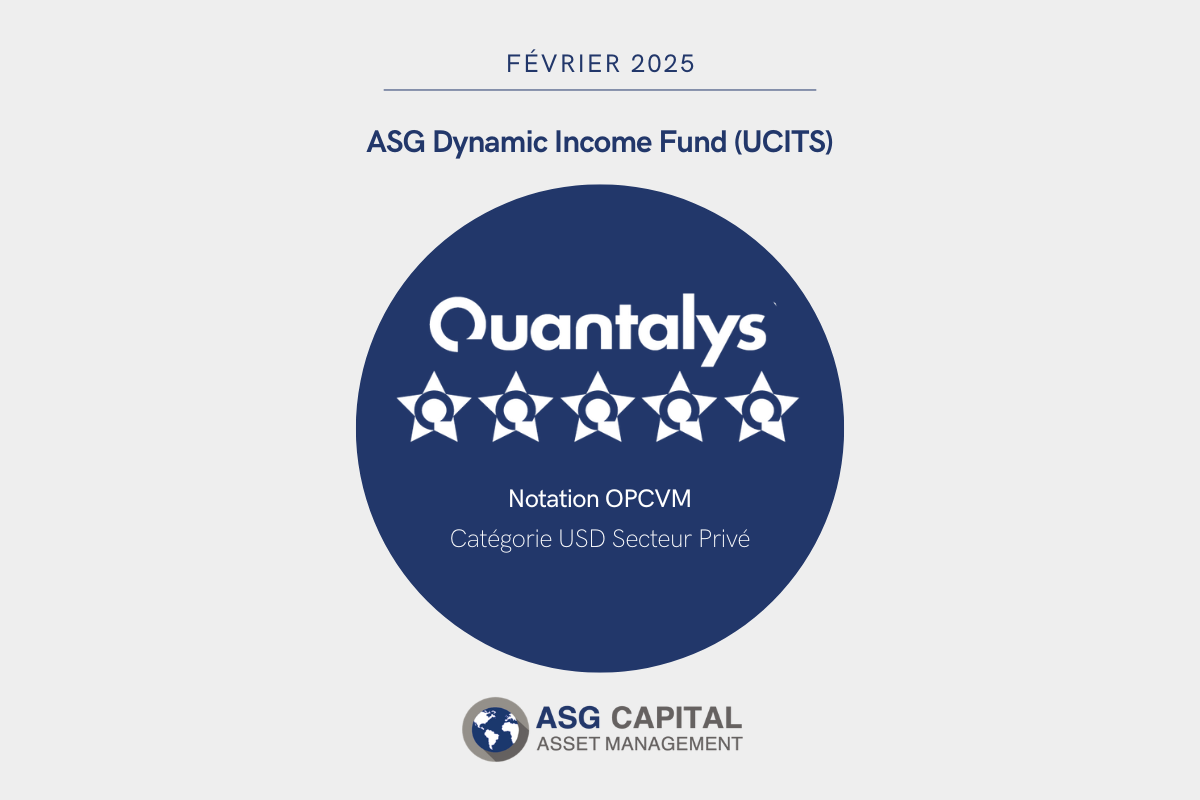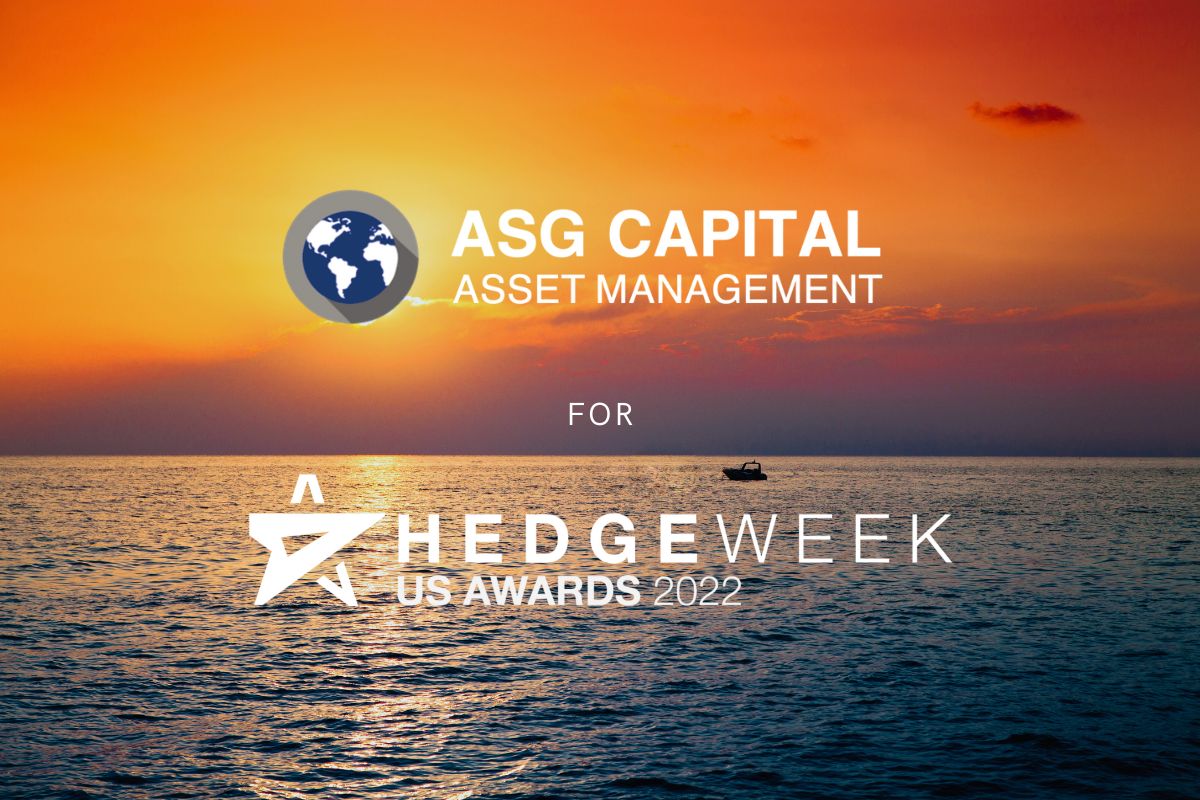You can find this article on Funds Society Website.
Introduction
In an article published in March 2019, we described the possibility of a melt-up scenario if world central banks were to have a heavy hand on their asset purchases and liquidity injections. A melt-up could be characterized by too much liquidity chasing too few investable assets, thereby leading to sharp upward movements in the prices of stocks and bonds. Such an outcome would most probably impact primarily the assets of leading US companies (an integral part of the main US financial indices).
Back then, this eventuality seemed unlikely in light of the restrictive monetary policy carried out by the Fed. This institution was reducing its balance sheet, by withdrawing the liquidity it had made available during its asset purchase or‘Quantitative Easing’ (QE) programs 1, 2 and 3. This monetary constraint coupled with the interest rate hikes of 2018 made the melt-up scenario a very distant possibility.
Monetary Policy Reversal
However, since March 2019, the Fed’s monetary policy has been completely reversed. This has led to a significant increase in asset prices. Three interest rate reductions, massive liquidity injections in the US Repo market, sprinkled with a dose Treasury bond purchases (not to be called QE4) have all gone a long way to reassure the financial world, unsettled by events barely a year earlier. In addition, investors, sidelined by the Fed’s 2016 to 2018 monetary policy, have started to come back and buy US assets.
To add to this monetary policy reversal, the financial health of large American corporations has contributed to the rise in US markets. Stock prices have been driven higher on the back of generous dividend payouts as well as share buy backs, sometimes both. Furthermore, cash rich corporations have lowered their external borrowing needs, thereby reducing their bond footprint in capital markets. The dwindling quantity of stock and bonds of American bluechips, faced with strong investor demand, explains in part their positive performance in 2019. This also bodes well for their potential upward price progression moving forward.
One potential ‘cloud on the horizon’ which could upset US financial markets in the future is the significant federal deficit situation. This is just adding to the nation’s colossal debt pool year after year. In spite of this, the appetite for US Treasuries still remains strong.
Why is that?
Why is that? Aside from the Fed’s current asset purchase program, one explanation is the lack of sovereign debt elsewhere in the world, which is driving international investors to US Treasuries. The European Central Bank (ECB) for example owns 40% of Eurozone sovereign bonds. This institution is mechanically driving out its own local investors (who need to hold government bonds) to seek them elsewhere in the world. In Japan, the situation is even worse.
Another reason relates to the negative interest rate policy being applied in Europe and Japan. Capital from these regions is desperately seeking positive returns. The opportunity of investing in the United States on any US Dollar asset including government debt is increasingly being chosen. US capital markets are therefore being supported from international capital flows coming from abroad.
Conclusion
The recent rise in US markets can be attributed to the change in the Fed’s monetary policy, the economic health of large US corporations, as well as incoming capital flows from overseas. What could then be said about the possibility of a melt-up scenario?
As the world’s reserve currency, the US Dollar has a very specific advantage. It remains the safe haven place to go to when faced with significant world uncertainty. On top of this, US equity and bond markets are the only financial markets deep enough to accommodate a large portion of international savings. (Traditional safe havens such as Gold or the Swiss Francs are far too small to absorb these potential capital flows).
If ever the world was exposed to significant geopolitical, health, or financial risks, then a craze could appear from world investors to acquire US Dollar currency and assets. In such a scenario, the melt-up could become much more than a hypothetical possibility.



